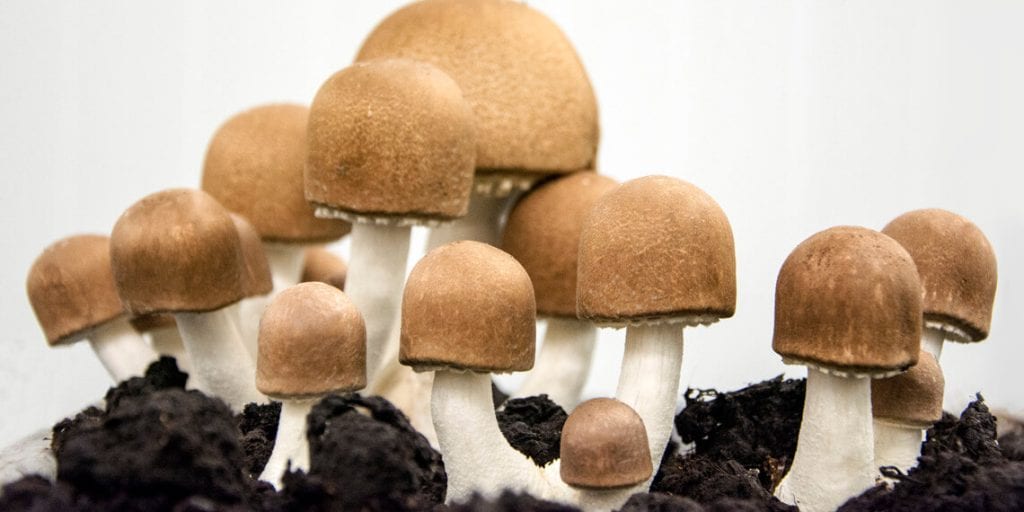Triterpenes: definition, occurrence in mushrooms and effect
Definition
Triterpenes belong to the group of lipids.
The so-called steroids are derived from the lipids. These include:
- Steroid hormones
- Sterols such as cholesterol or mycosterol (ergosterol as a precursor to vitamin D)
- Bile acids
Triterpenes are also among the secondary plant substances that also occur in mushrooms. As they belong to the lipids, they are not soluble in cold but only in hot water and in alcohol.
Occurrence
Steroids have been identified in the mushrooms Agaricus blazei murrill (ABM) and Cordyceps. Reishi is said to contain more than 100 different triterpenes and triterpenes (polyporusterol) has also been found in Polyporus umbellatus. Reishi is worth a special mention here, as it is very rich in spores and triterpenes have been found especially in the spores. In Hericium erinaceus, diterpenoids (cyathane derivate), so-called erinacine has also been identified. Ergosterol can be round in Agaricus blazei murrill (ABM), Cordyceps, Coriolus, Hericium, Maitake, Polyporus, Reishi (fruiting body) and Shiitake. A different sterol, lanosterol, occurs in Reishi.
Effect
Terpene and the derived substances such as the triterpenes, contribute to the adaptogenic effect of the mushrooms. Owing to their chemical structure, they are used for all diseases in which normally steroid hormones such as cortisone are used.
Triterpenes have a positive effect on:
- Inflammations
- Allergies
- Viral infections (inhibition of the reverse transcriptase in HIV and EBV)
- Liver diseases (hepato-protective)
- Cancer (cytotoxic and anti-angiogenetic)
- Impotence
- High blood pressure: ACE (Angiotensin Converting Enzyme) is inhibited; ACE has an indirect vasoconstrictive effect)
- elevated cholesterol and triglyceride values (inhibition of cholesterol biosynthesis and reduction of LDL cholesterol)
- Thrombosis tendency (anti-aggregative)
The triterpenes of the Polyporus (polypurosterol A and B) have an antioxidant and anti-haemolytic effect in haemolysis through chemical substances.
Erinacines from Hericium erinaceus also have a stimulating effect on the nerve growth factors in the brain and the periphery. This leads to the regeneration and remyelination of the nerves. The nerve growth factors also affect the regulation of the TH1/TH2 immune response in the central nervous system for autoimmune processes.
Ergosterol, a precursor of vitamin D2 (ergocalciferol) occurs only in plants or mushrooms. It is essential for the human body and very important for the depositing of calcium in the bone matrix.
Sources
- Willard, T.: “Reishi – Der Wunderpilz der alten Chinesen“; Wilhelm Heyne Verlag, 1999
- Halpern, G.M.: “Healing Mushrooms. Effective Treatments for today’s illnesses”; Square One Publishers, 2007
- Prof. Dr. med. Ivo Bianchi: “Moderne Mykotherapie”; Hinckel Druck, 2008
- Smith, Rowan and Sullivan: “Medicinal Mushrooms: Their therapeutic properties and current medical usage with special emphasis on cancer treatments”; May 2002, University of Strathclyde hemie zur molekularen Genetik”; Universität Würzburg
CHOOSE THE RIGHT PROVIDER
There are many suppliers of mushroom powders. You will find trustworthy manufacturers in Germany with controlled organic cultivation. Click here to find out what is important when buying.





